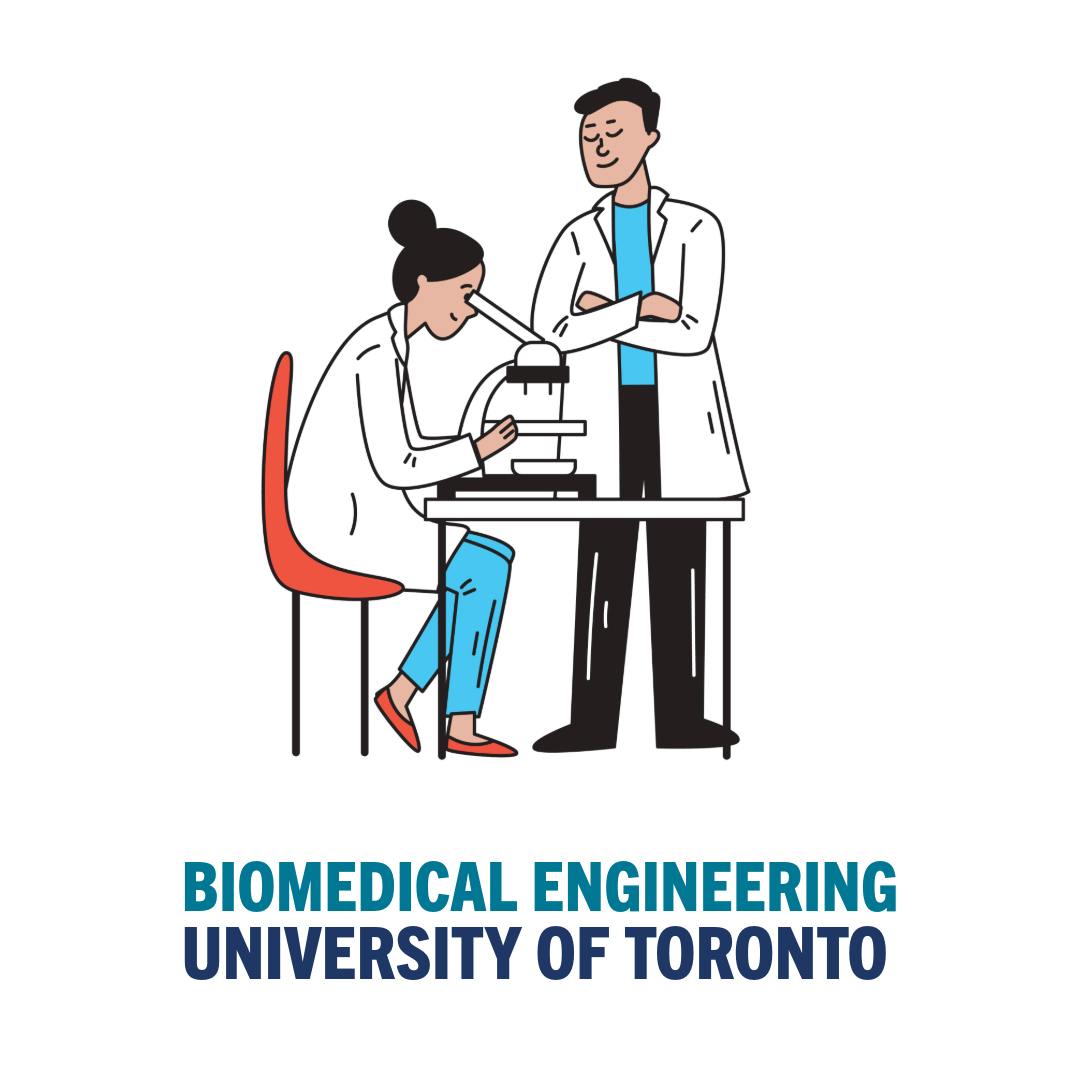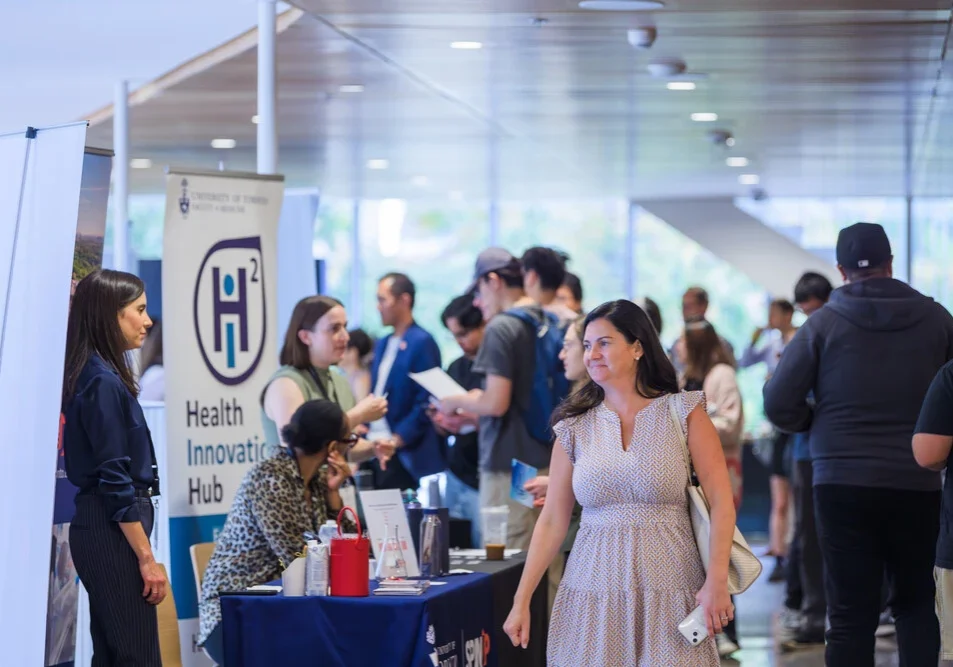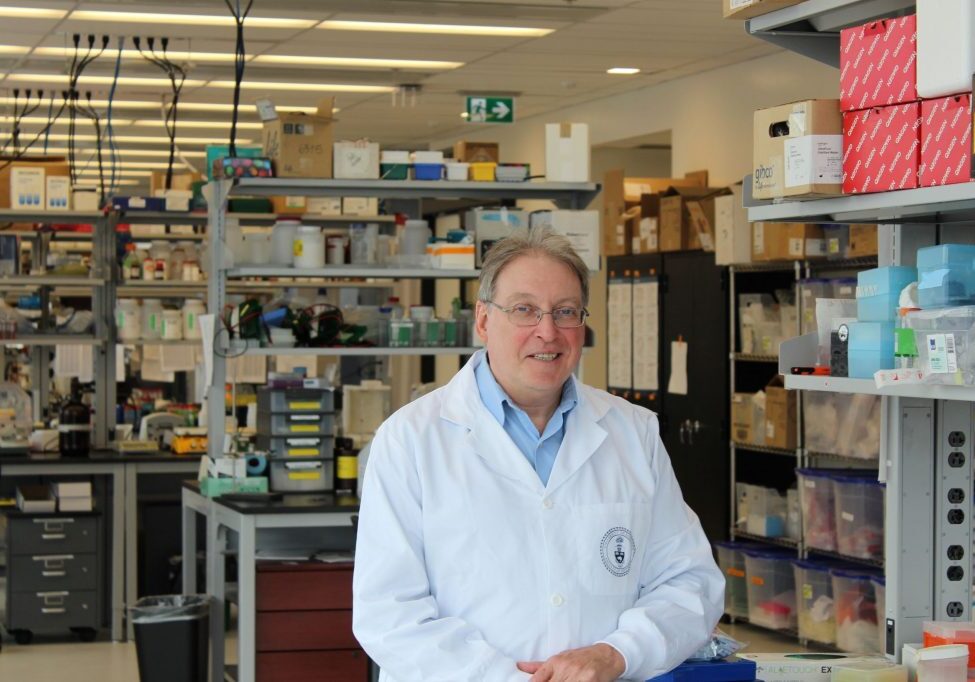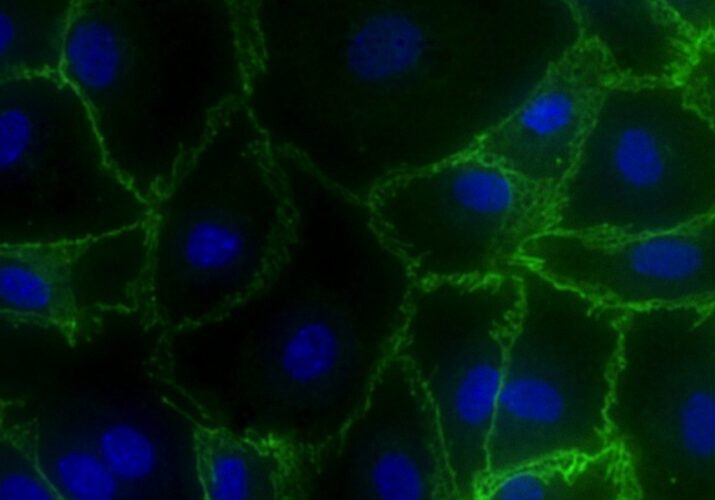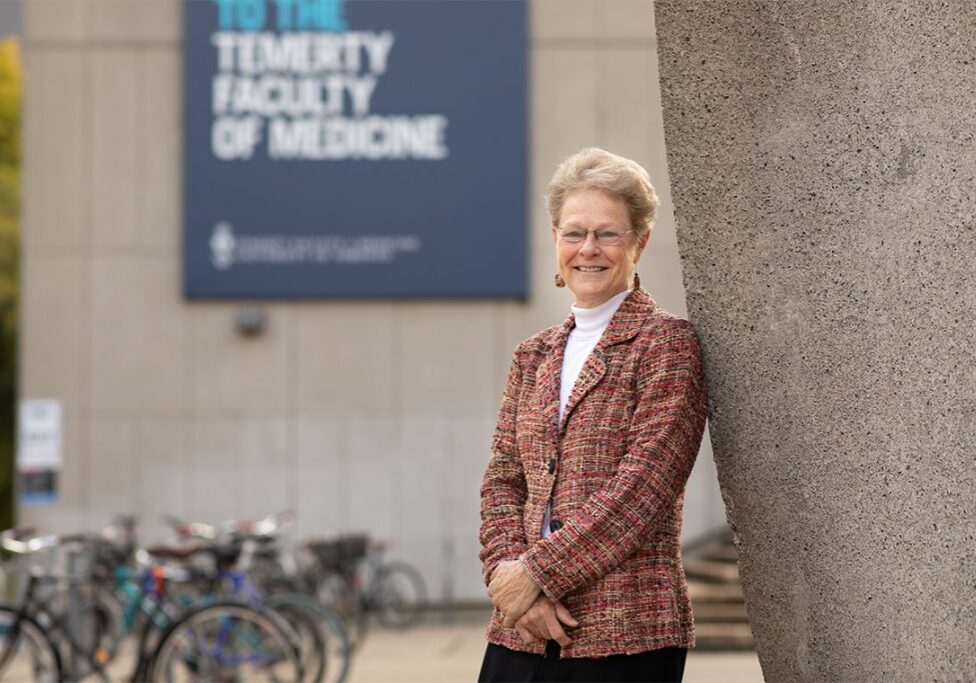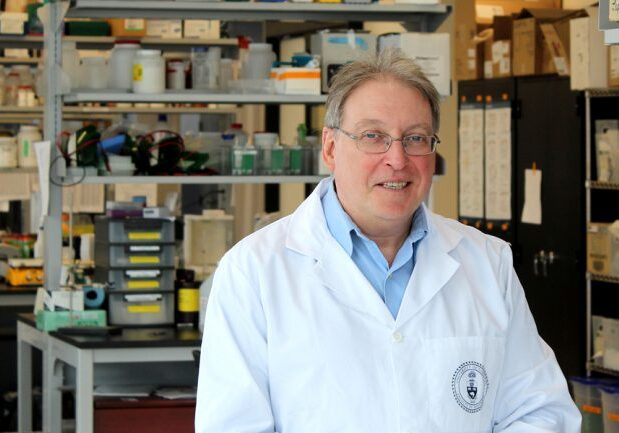
Paul Santerre
Professor & Baxter Chair in Health Technology & Commercialization (UHN)
PhD, PEng
Research Stream: Cell & Tissue Engineering
Email & Telephone: directory.utoronto.ca | Office: U of T Translational Biology & Engineering Program (TBEP), MaRS West Tower, 661 University Avenue, Room 1435 (14th floor), Toronto, Ontario M5G 1M1 Canada
Main Appointments
- Faculty of Dentistry
- Institute of Biomedical Engineering
Additional Appointments
- Department of Chemical Engineering & Applied Chemistry
Research Interests
Biomaterial selection has been a challenging problem in the development process of implants, particularly for long-term devices where the biostability of the materials is a principal concern.
Dr. Santerre’s work has studied the kinetics of enzyme induced degradation of polymers (specifically polyurethanes, PMMA and polyethylene) in the presence of monocytes and neutrophils.
The work indicates that not only do the enzymes recognize different chemistries but they also appear to respond to changes in structural domains within the material micro-structure. This work has led to a more in depth understanding of the processes of biodegradation and has pointed towards methods of inhibiting hydrolytic and oxidative degradation of polymeric implant materials.
The research team has developed a new family of fluoropolymeric additives that have the ability to alter and provide elastomers with hydrophobicity character greater than of Teflon.
Simultaneously, these materials show up to 30% reduction in protein adsorption as a result of the chemical stability and low surface energy of the flurochemistry. These new materials are being patented for cardiovascular and membrane transport applications.
The research in the area of biodegradation has also permitted the design of polymer chains that can be specifically degraded by enzyme systems in order to provide therapeutic bioactivity.
The first application of this work is being pursued with the development of polymers that release potent antimicrobial agents from the backbone of the polymer when exposed to a host tissue inflammatory response which is related to both implantation trauma and infection.
Work in the area of dental restorative materials is proceeding towards understanding the relationship between polymers and peridontal disease. It is anticipated that the new antimicrobial materials will have direct applications in this area.
News & Stories
Current students registered with BME
4 users




Alumni graduate with BME degree
24 users









